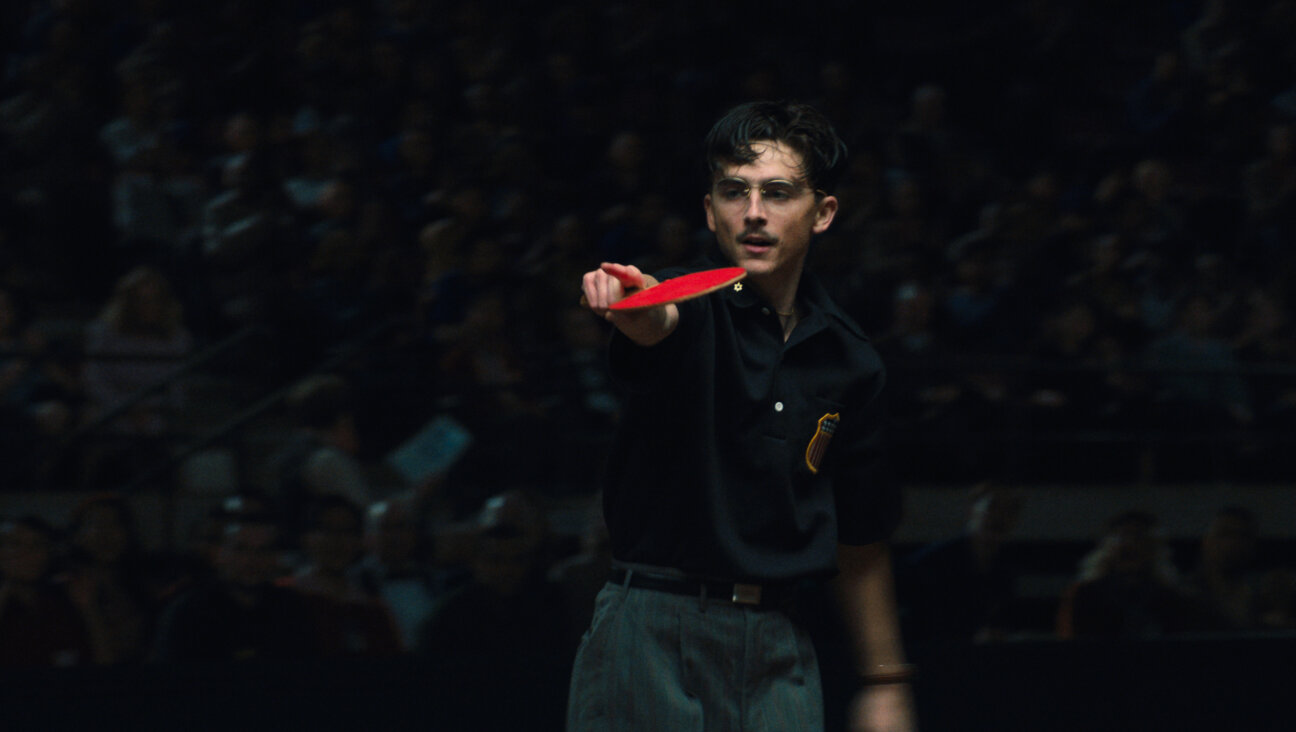Religion in the New World
in an intensive manner that was unknown to their parents earlier in the century.
The Havurah movement of the 1960s and 1970s was a positive response to these developments, and the appearance of what is today called “Jewish renewal” owes its origins to those years. The Reconstructionist movement opened the Reconstructionist Rabbinical College in 1969, and this movement has been the locus for a great deal of liturgical creativity as well as social and political innovation in the contemporary Jewish world. Before 1969, Reconstructionist synagogues were a subgroup within the Conservative movement; they now emerged as a fourth, distinct wing of Judaism. The inroads of feminism in organized Jewish religious life were evidenced first with the appearance of the women’s group Ezrat Nashim at this time, as well as the ordination of Rabbi Sally Preisand by HUC in 1972. Today half the students at all non-Orthodox seminaries are women. In addition, feminist religious thinkers such as Judith Plaskow and Rachel Adler, liturgists and midrashists such as Marcia Falk and Ellen Umansky, and scholars and activists such as Paula Hyman and Blu Greenberg rose to maturity during these years, and their impact can be felt in every sector of present-day American Jewish life.
The explosion of Jewish day school education in the United States, an increased religious traditionalism among many, the opening of Jewish studies programs in universities and the rise of trips to Israel among countless numbers of Jews also have led to a renaissance in Jewish religious life. Indeed, many herald the religious creativity and vitality of the current moment as signs of a Golden Age for Judaism in America.
At the same time, the reality of acculturation has fostered Jewish assimilation and record numbers of nonaffiliations. Jewish demographic mobility from places of origin has led — as the National Jewish Population Surveys of 1990 and 2001 attest — to an attenuation of traditional Jewish associational and kinship patterns that previously promoted Jewish affiliation and commitment among large numbers of American Jews. As Jews have become fully accepted by gentiles as social equals, and as traditional Jewish attitudes that opposed exogamy have weakened, intermarriage rates have soared and the cultural cohesion that now marks the grandchildren and great-grandchildren of Jews of Eastern European and Germanic descent surely has been matched by a lack of Jewish ethnic homogeneity as a result of the high rate of intermarriage.
While large numbers of Israeli, Russian, Iranian and South African Jewish immigrants have come to the United States in recent years, they now enter — unlike the Eastern European Jews of the 1880s — into a well-established and fully organized American Jewish community and into one that is largely composed of fourth-, fifth- and sixth-generation American Jews. As these ethnic communities — particularly the non-English speaking ones — have entered into the United States, there have been instances in which the cultural patterns of Jewishness they have brought with them have clashed with the sensibilities of the contemporary established community. And the nonreligious nature of the Russian community has posed particular challenges for the “Russians” and the “native American” Jews alike as each side attempts to adapt to what are unfamiliar patterns of Judaism. However, none of this is unprecedented in American Jewish history, and numbers of Russian as well as other recent immigrant Jews are beginning to appear in established Jewish communal religious institutions and schools.
What all this means is that the denominational divisions that marked American Judaism during the 20th century will be different in the future than they were in the past. First of all, Reform already has become the choice of a numerical plurality of American Jews. There are many reasons for this, but one is clear: In a community where estimates of intermarriage rates fluctuate between 43% and 52%, the willingness of Reform Judaism to embrace and welcome these couples and their offspring virtually guarantees the numerical dominance of the movement.
And while their numbers may be smaller, the practices and beliefs of the membership of Conservative congregations may well become more consistent with the ideological commitments and ideals articulated by the elite leaders of the movement. It is this challenge that confronts the leaders of the Conservative movement today.
The challenges that remain for Orthodox Judaism are essentially twofold. For the traditionalists on the right, it remains to be seen whether a right-wing Orthodox Judaism that claims to look askance upon American culture can withstand erosion by its influences. And for those in the center or on the left, the issue is whether they will succeed in maintaining the distinctive stance of a Modern Orthodox Judaism that remains simultaneously faithful to the tradition and open to the larger surrounding culture in the face of a seemingly sharp rightward drift in the Orthodox world.
American Judaism today stands at a crossroads, where trends of weakened Jewish commitments and attachments compete with pockets of intense Jewish revival and knowledge. The task of Jewish religious leaders will be to strengthen these pockets of revival and knowledge, and this will compel them to recognize that such revival and knowledge take place both within and beyond traditional Jewish institutional structures. The future of Judaism in the United States depends upon their ability, no less than it did on those who forged the structures and institutions of Jewish religious life in this country, to maintain and revitalize Jewish religious tradition in light of the conditions that confront our community today.














